Affiliate links on Android Authority may earn us a commission. Learn more.
The Pixel 5 is the most underrated Pixel to date and I wish it had a successor
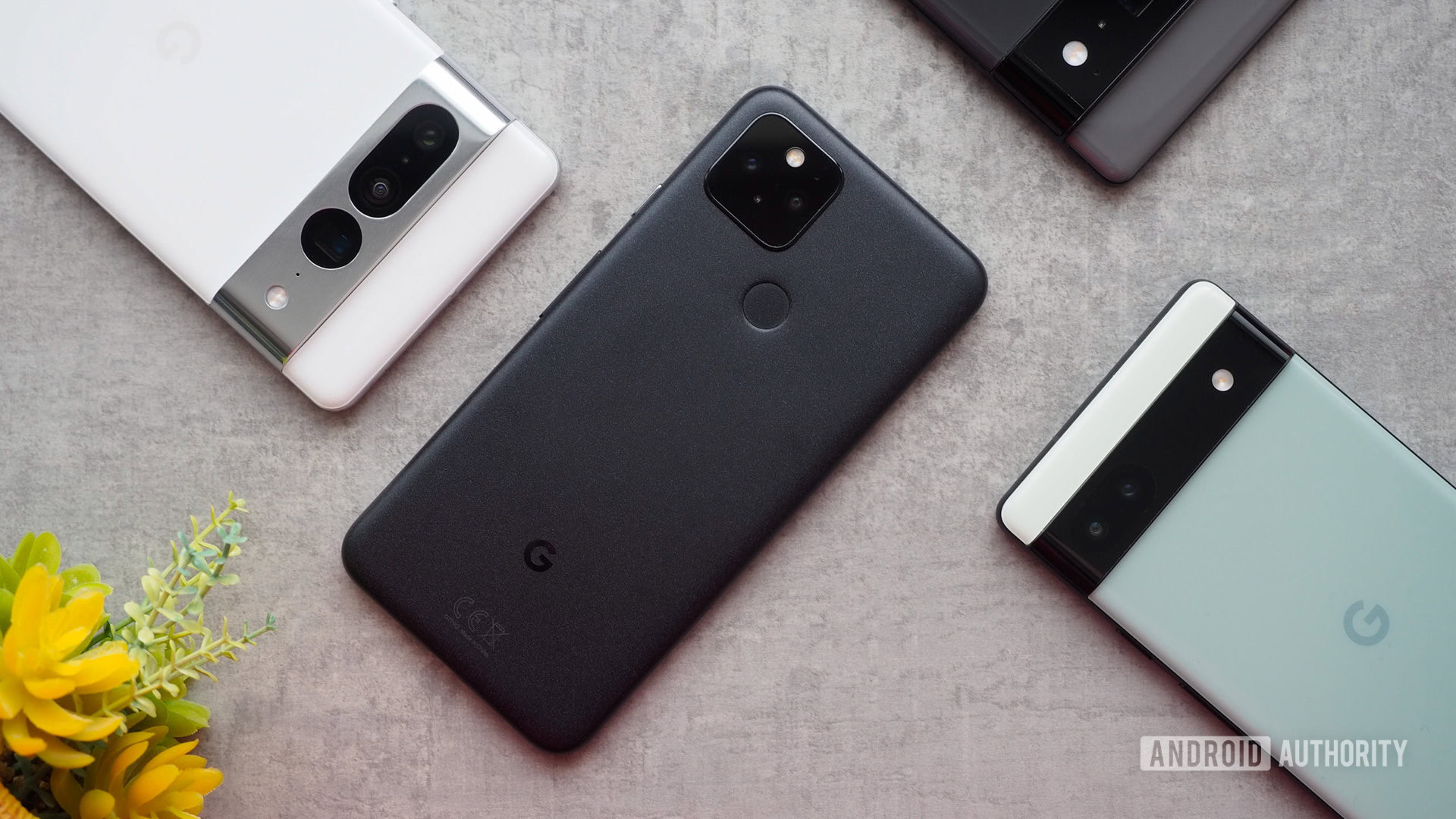
A few weeks ago, I completely reset my Pixel 5, packed it up, and sent it to my mom to replace her old, dying smartphone. Even though I hadn’t used that Pixel 5 for over a year as my daily driver, I still felt a pang of nostalgia as I let it go. Sure, knowing it’ll be used every day and that my mom will get the Pixel’s exclusive features and excellent camera is better than leaving it in a drawer for months on end, but still, this particular Pixel was pretty dang special.
Google released the Pixel 5 at the most uncertain of times. 2020 was a weird year for most humans and smartphones weren’t the top priority for those of us stuck in the middle of a pandemic. It was a child of its time — a small Android phone, unassuming, and practical. To date, I think the Pixel 5 is the most underrated phone in Google’s line-up and it got so harshly treated by everyone who didn’t use it. Or those who barely used it for a week and then moved on to the next hot thing.
That sweet, pocketable form factor

Unboxing the Pixel 5 in December 2020 hardly felt exciting. I had to wait for my unit to ship to France, get forwarded to Lebanon, clear local customs, and get to me, all in the midst of a pandemic that had slowed down all shipping and administrative processes worldwide. By that time, every other tech writer had already tried the phone, reviewed it, and more or less dismissed it for a sexier flagship.
But nothing prepared me for the moment I opened that box and saw how so-very-incredibly tiny the phone was. My husband chuckled and called it a “phone for ants.” We spent several minutes comparing it to the size of his OnePlus 7 Pro and my Pixel 4 XL and seriously questioning my decision to buy it.
Setting up the Pixel 5 was an exercise in finger gymnastics. My two thumbs, accustomed to the width of the Pixel 4 XL, were at war on the smaller 6-inch display. I kept missing my rhythm while typing and hitting the wrong letters on Gboard, or even worse, hitting my other thumb instead of the letter. Truly, a phone for ants. My husband laughed at my frequent, exasperated sighs.
The Pixel 5 felt minuscule at first, but once I got used to it, I realized how perfect its size was.
After a few days of thumb-wrestling wars, though, it was an entirely different story. It’s funny how the human brain works, but the Pixel 5 suddenly felt normal while the Pixel 4 XL became a gargantuan unwieldy monster. I could type typo-less on the smaller screen, reach every corner without going into hand-phone balancing acts worthy of the best Olympics performance, and slide the phone into any pocket without a single friction or worry. I can’t overstate the importance of that last part. Even in a case, the Pixel 5 glided in and out of pockets and bags — zero snags or awkward bulges. It was so light and small that I ended up forgetting about it in my jeans at least once a day and double-checking to make sure it was still there.
I still don’t know how to describe it, but the Pixel 5 felt “just right,” in a way that no other Google phone has before or after it.
A flagship by any other name
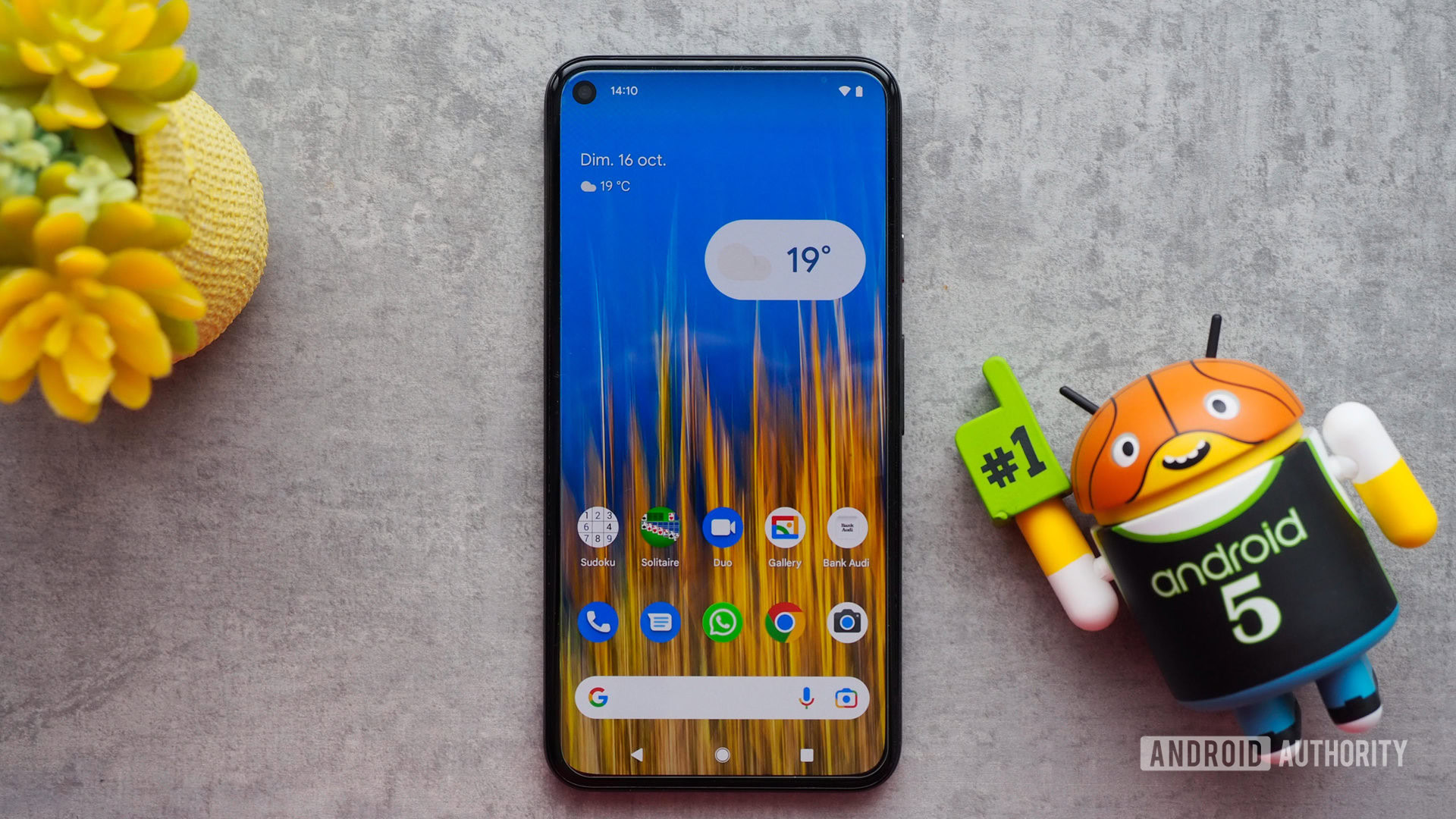
On paper, the Pixel 5 didn’t offer any exciting specs. A non-flagship Qualcomm Snapdragon 765G processor, a display limited to a 90Hz refresh rate, slow wired and wireless charging speeds, and an aging camera setup; Google flipped the very definition of “upgrades” and did the opposite of what it needed to do for the Pixel 5 to count as a top-tier smartphone. Many, in fact, considered it a downgrade from the Pixel 4 XL.
What the Pixel 5 lacked in sheer numbers on a spec sheet, it made up for in everyday use.
But what the Pixel 5 lacked in sheer numbers on a spec sheet, it made up for in everyday use. The processor didn’t matter a single bit; it was snappy enough for all the browsing, photographing, reading, working, and communicating that I did daily. Better yet, it sipped power like it had to save those milliamp hours for rainy days, and it almost never overheated, no matter what I threw at it. Zero reception issues, zero issues in general. The phone was a delight to use — you just had to look beyond the specs.
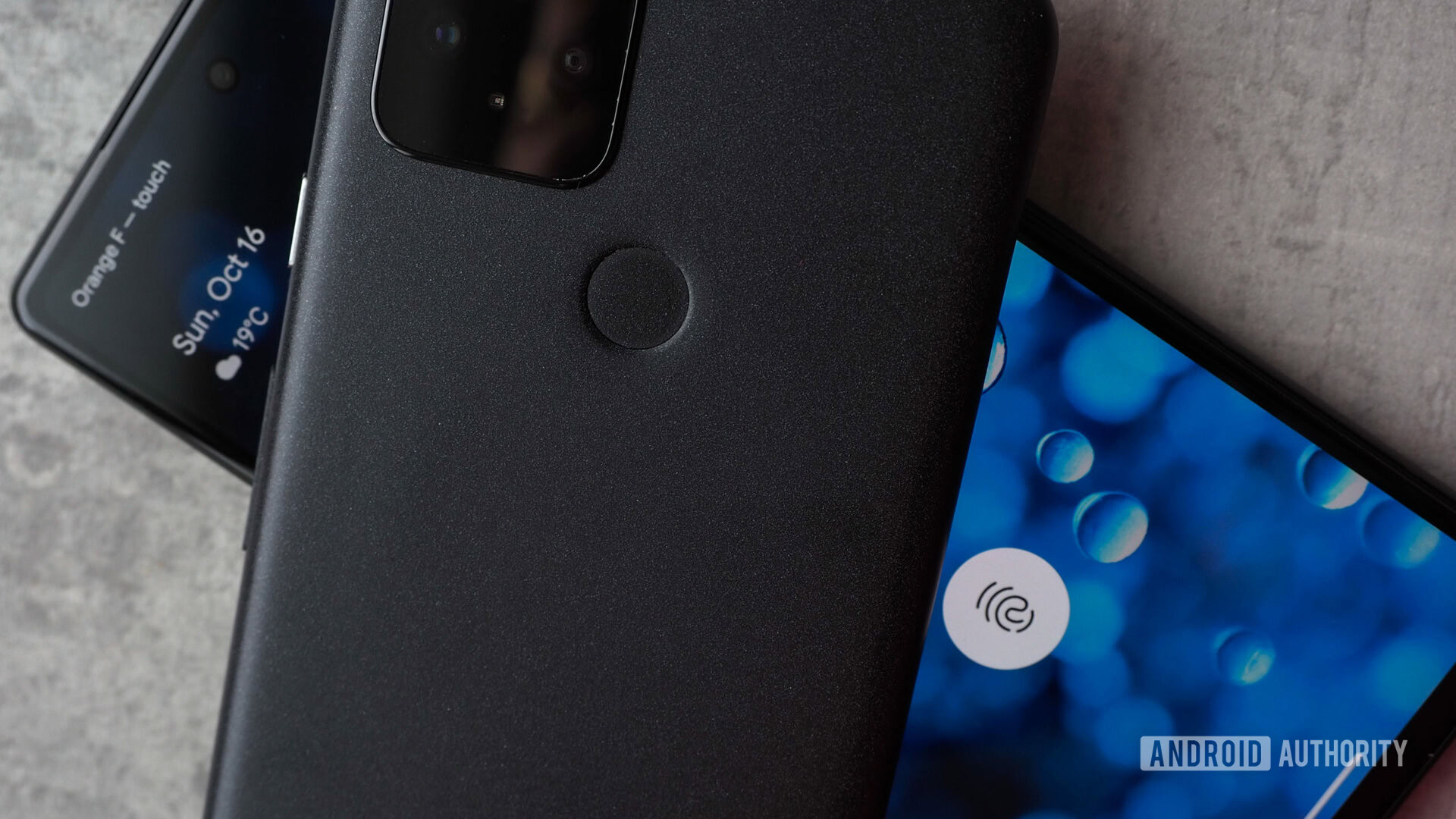
And can we talk about how useful that rear-mounted fingerprint reader was when we had to frequently mask up? If Google had stuck with the Pixel 4 XL’s face unlock on the Pixel 5, I doubt we’d be having this conversation, because I would’ve hated using it each time I had to lower my mask to unlock my phone. They didn’t, though, and we got that fast, physical, easy-to-reach sensor on the back.
In many ways, the Pixel 5 was the pinnacle of Google’s second smartphone era (if we count Nexus phones as the first one). It was a perfect balance of features and usability, and it eeked every possible drop of performance from that older camera setup. I also took some of the best photos I’d seen from a smartphone at the time — photos I still consider excellent to this day. The portrait and night performances, specifically, were consistently mind-blowing.
Everywhere but in the US, Google priced the Pixel 5 realistically too. If you put aside the American mmWave tax, the Pixel 5 wasn’t an overpriced wanna-be flagship, but an upper mid-ranger with no real weaknesses to speak of. You also got water resistance and wireless charging, two very rare features for the asking price.
The Pixel 5 was a stop-gap solution with no real successor
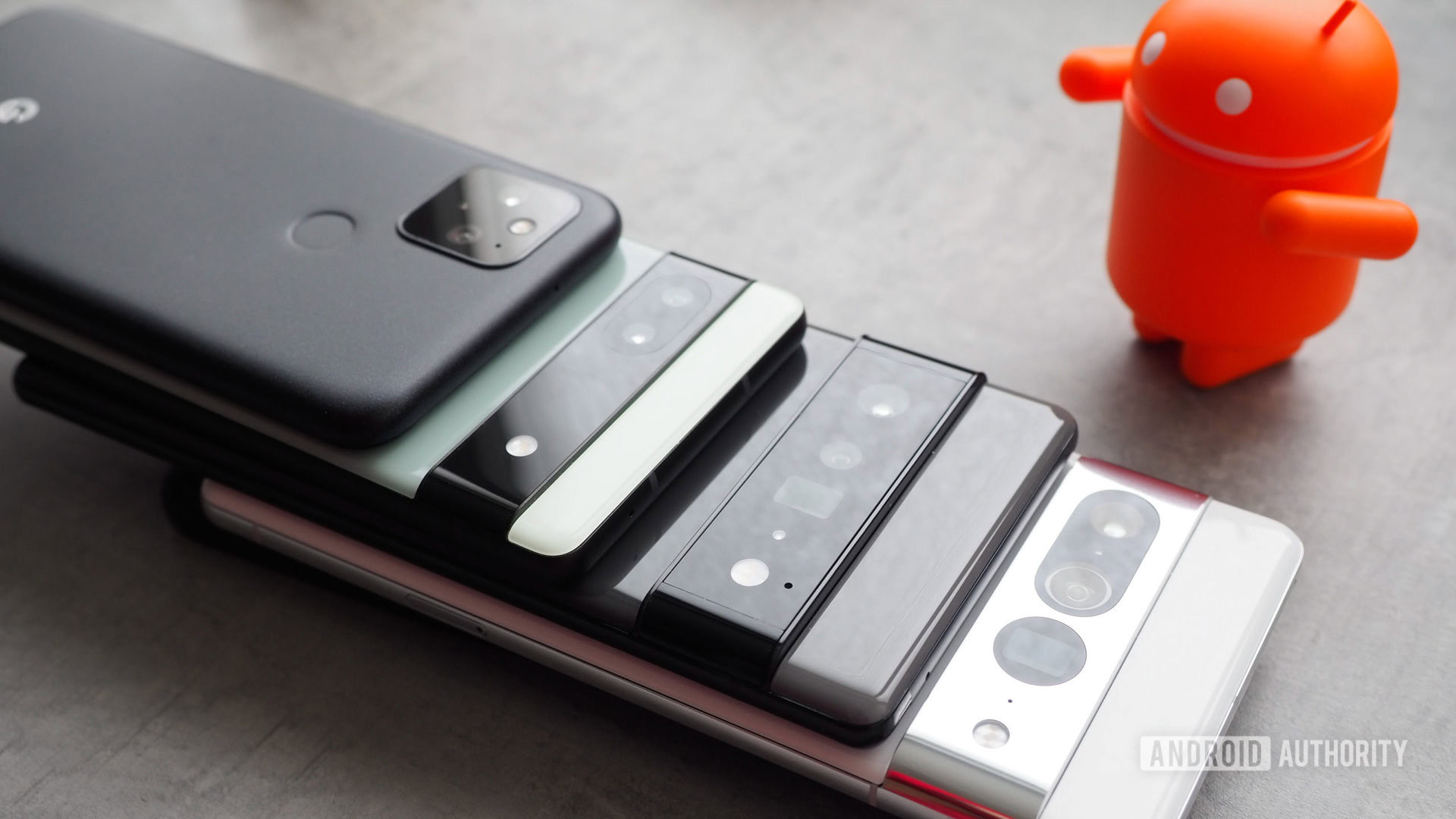
In retrospect, it’s abundantly clear that the Pixel 5, and even the 5a after it, were stop-gap solutions on the road to an entire line-up overhaul. Google introduced its new Tensor chip, an upgraded camera setup, a new hardware and software design language, and specs worthy of the high-end moniker on the Pixel 6 series, and the rest, as they say, is history. The Pixel 6a, 7, and 7 Pro all followed along.
I still wish we had a more modern Pixel 5 successor. Nothing in Google's recent portfolio ticks all the right boxes.
In a way, I’m happy we’ve moved on from the Pixel 5’s unassuming design language and I’m glad to have a more cohesive hardware-software experience on the latest models. The Pixel 7 and 7 Pro are, by far, the best hardware that Google has ever built.
But I still wish we had a more modern Pixel 5 successor. Right now, the base Pixel 7 ticks all of the boxes and more, but is still very large compared to the Pixel 5. The hand-and-pocket-friendly size of the Pixel 5 was half of its charm, after all.
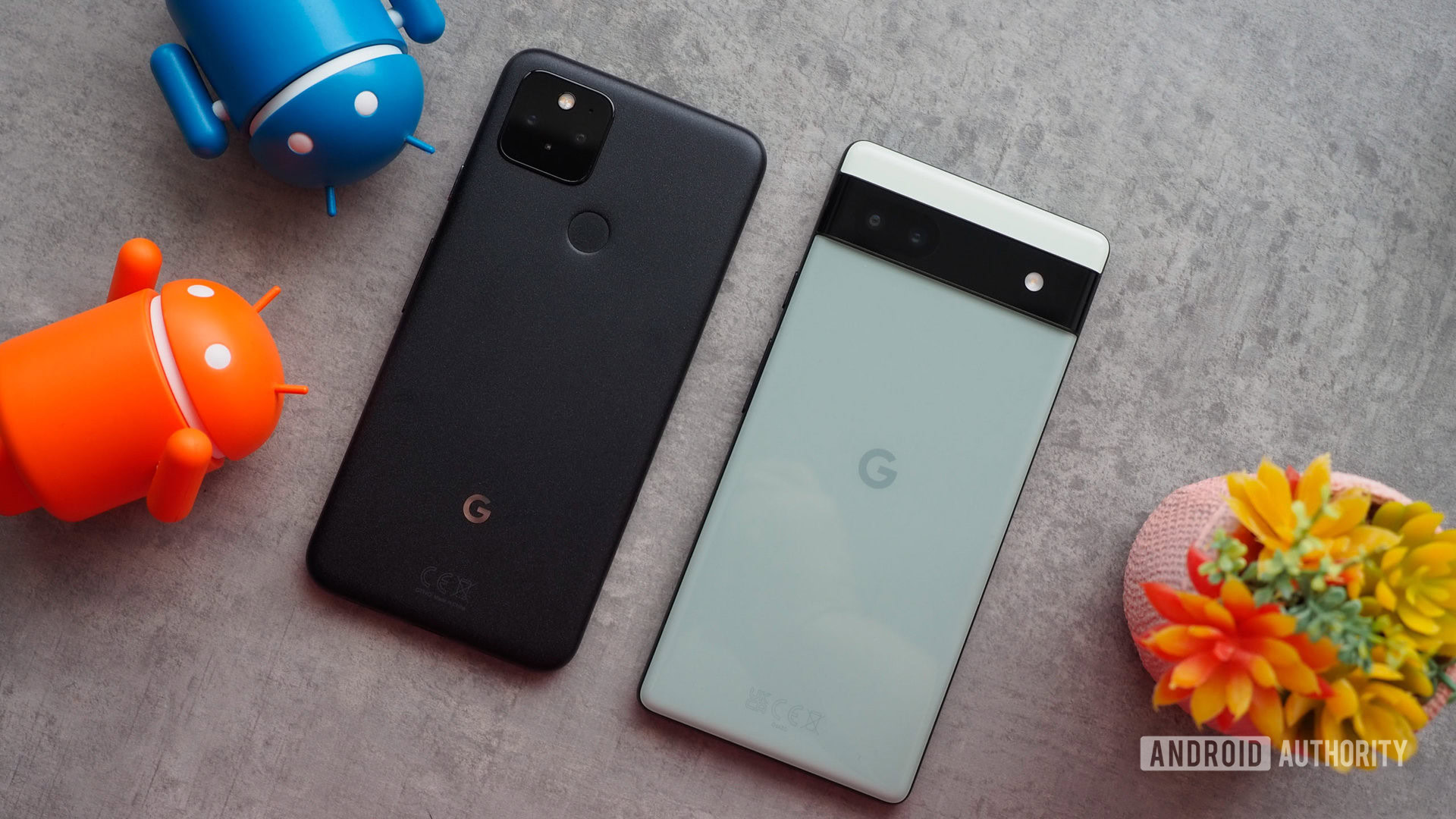
The Pixel 6a comes closer in many ways but still lacks that extra oomph. It’s small, but not as small or as pocketable. It has an in-display fingerprint scanner, not the more user-friendly physical one on the back. It only got a 60Hz refresh-rate display, 6GB of RAM, and no wireless charging. Now don’t get me wrong, the 6a is great for its price — it just doesn’t straddle that vague line between midrange and upper midrange as well as the Pixel 5 did. All of those little additions made the Pixel 5 special.
There’s a bit of hope on the horizon, though. The Pixel 7a rumors seem promising. It looks like Google might improve the display’s refresh rate and add (slow) wireless charging too. That, however, comes at the price of a slightly larger phone than the current 6a. However, the base Pixel 8 may be smaller than the 7, and our leaked Pixel roadmap also revealed that Google might release a small but Pro Pixel 9 in 2024.
All in all, it seems like there’ll be more options for those who are looking for a pocketable and capable Pixel in the future, but whether or not any of these manage to capture some of that Pixel 5 magic, I can’t tell yet.